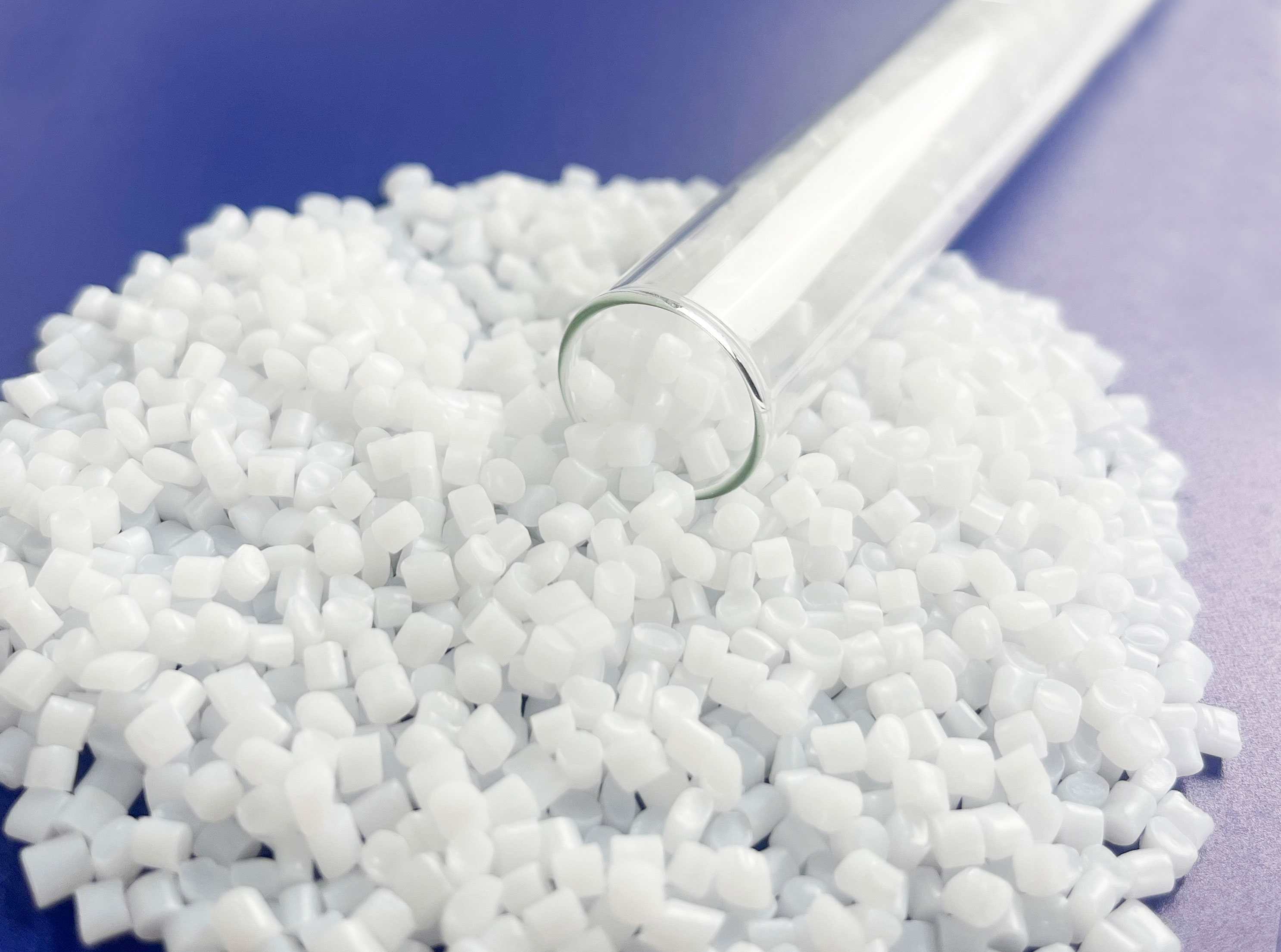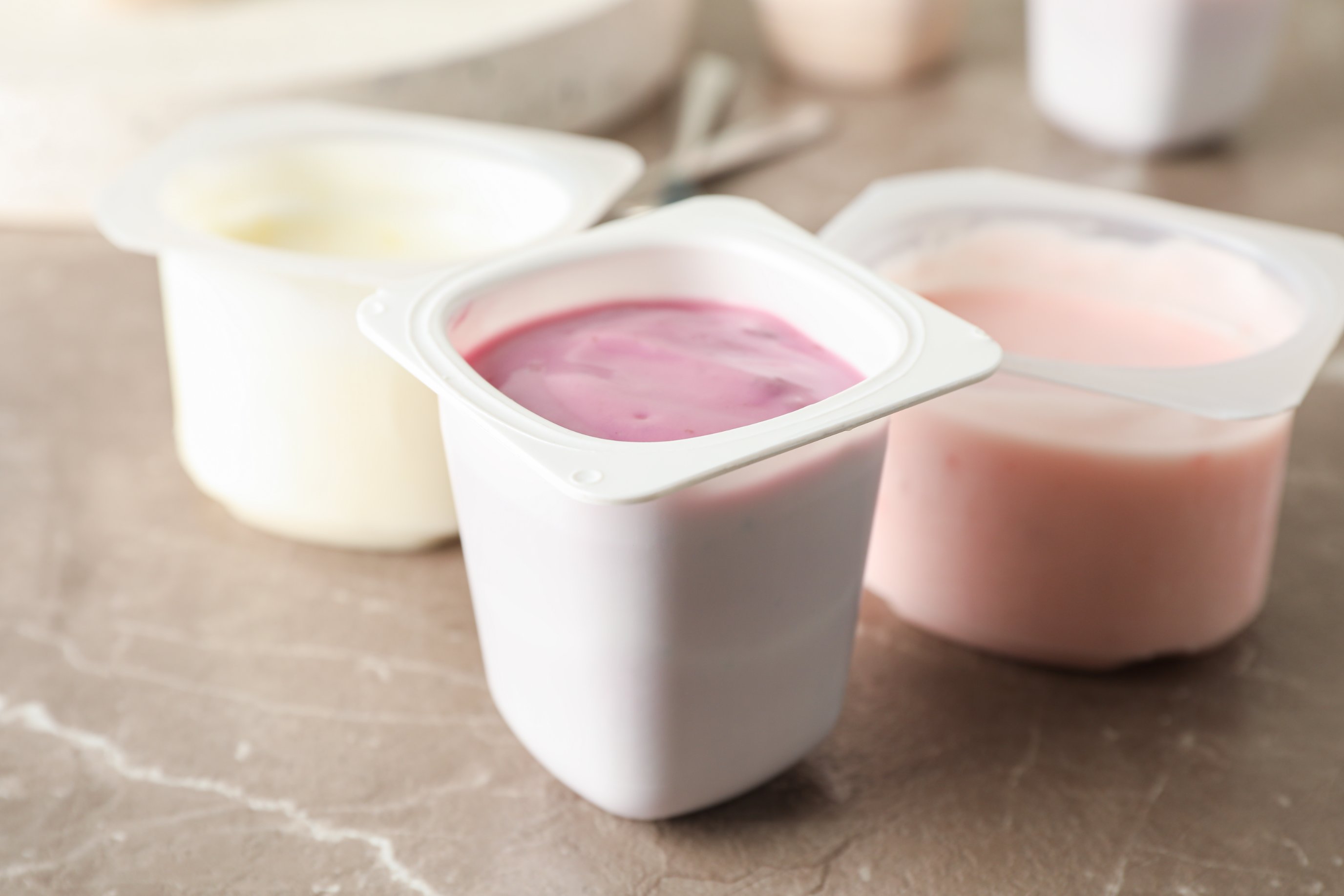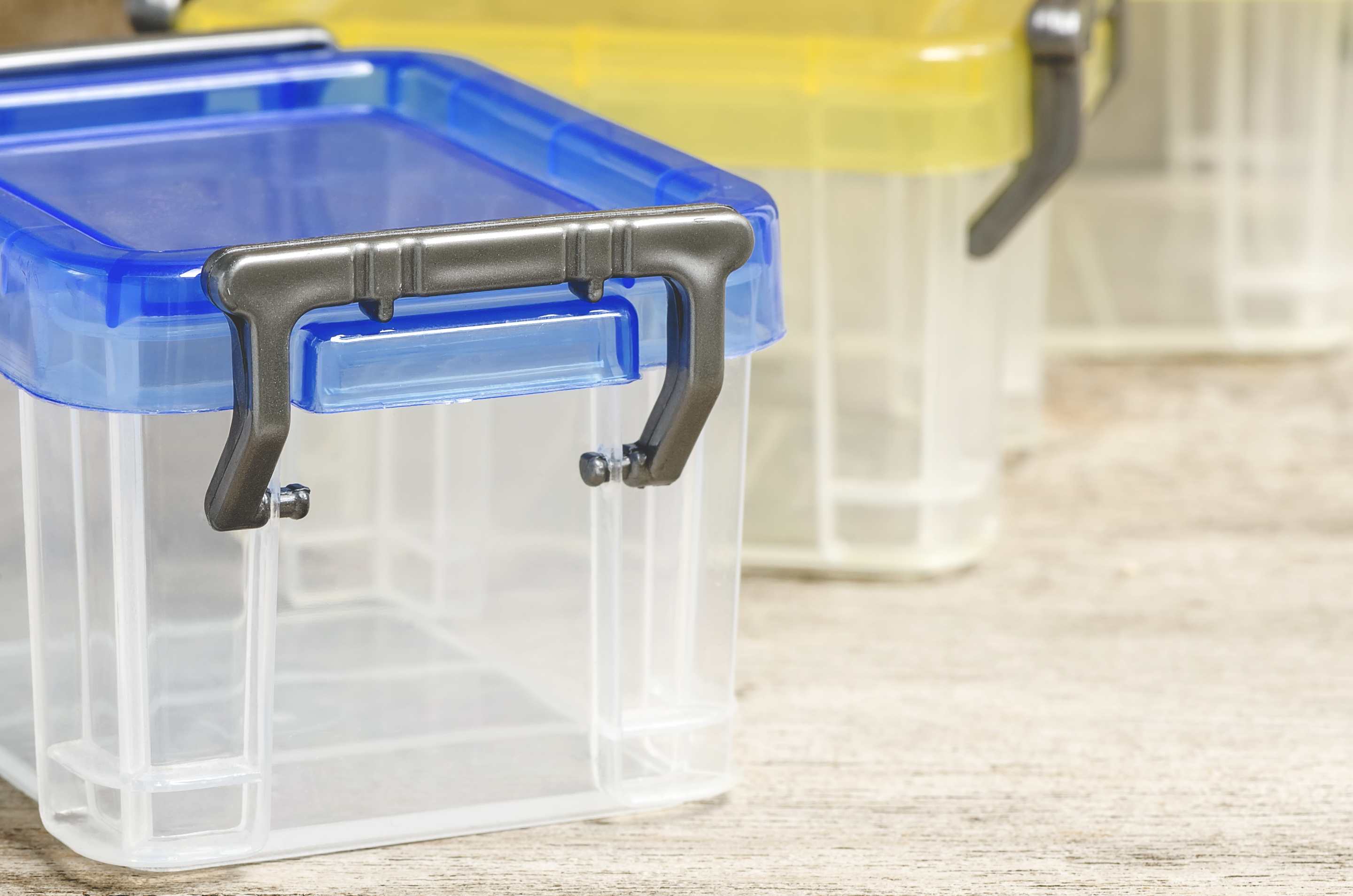What is HIPS? Understanding High Impact Polystyrene and Its Applications
Introduction
High Impact Polystyrene (HIPS) is a versatile and widely used plastic material that combines durability, impact resistance, and ease of processing. Commonly used in packaging, automotive, and consumer goods, HIPS offers a unique combination of properties that make it ideal for various industrial applications. In this article, we’ll explore the characteristics of HIPS, its applications, and how it compares to other materials.
What is HIPS?
Defining HIPS and Its Unique Characteristics High Impact Polystyrene (HIPS) is a type of polystyrene (PS) that has been modified by the addition of polybutadiene rubber to improve its toughness and impact resistance. Unlike General Purpose Polystyrene (GPPS), which is rigid and brittle, HIPS combines the clarity and processing ease of PS with the durability required for more demanding applications.
HIPS is known for its high impact resistance, which makes it ideal for applications where rigidity and toughness are needed. Additionally, HIPS is easy to process using common manufacturing techniques such as injection molding and thermoforming.

Key Properties of HIPS
Key Properties of HIPS That Make It So Popular HIPS offers a unique combination of physical properties that make it a preferred material in various industries. Here are some of the key properties:
- Impact Resistance: The addition of polybutadiene rubber gives HIPS superior impact resistance, making it an ideal material for products that need to withstand external forces without cracking or breaking.
- Flexibility and Rigidity: HIPS has a good balance between flexibility and rigidity, making it suitable for a wide range of applications, from food packaging to automotive parts.
- Ease of Processing: HIPS is highly processable through techniques like injection molding and thermoforming, allowing for the efficient production of complex shapes and designs.
- Thermal Properties: While HIPS performs well under moderate temperatures, its heat resistance is lower than that of other materials like ABS. It is suitable for applications where temperatures do not exceed a certain threshold.
Applications of HIPS
Where is HIPS Used? Common Applications in Different Industries HIPS is widely used in several industries due to its combination of durability, ease of processing, and cost-effectiveness. Below are some of the most common applications:
- Packaging: HIPS is commonly used in the food packaging industry, especially for clamshell containers, blister packs, and protective packaging. Its clarity, rigidity, and impact resistance make it ideal for consumer products.

- Automotive: In the automotive industry, HIPS is used for interior trim, bumpers, dashboards, and various other components that require durability and resilience to impact.
- Electronics: HIPS is used in electronic housings, protective covers, and insulation materials. Its strength and moldability make it ideal for forming cases and protective components.

- Consumer Goods: HIPS is used in a wide range of consumer goods, such as stationery, plastic toys, and household products, thanks to its versatility and ease of processing.

Advantages and Benefits of HIPS
Why Choose HIPS? The Advantages Over Other Plastics HIPS offers several advantages over other plastics, making it a popular choice for manufacturers and businesses:
-
Cost-Effective: Compared to other materials like ABS and PVC, HIPS is a more affordable option while still offering excellent performance. This makes it ideal for high-volume manufacturing processes.
-
Ease of Processing: HIPS is easy to mold and process through common techniques like injection molding and thermoforming, making it ideal for complex shapes and intricate designs.
-
Recyclability: HIPS is recyclable, providing an eco-friendly option for businesses that want to reduce their environmental footprint. It can be reused in products like packaging materials and consumer goods.
HIPS vs. Other Plastics: Comparing Alternatives
HIPS vs. ABS: Which One Should You Choose? While ABS offers higher strength and heat resistance, HIPS is often preferred for its impact resistance, ease of molding, and lower cost.
-
Impact Resistance: HIPS offers better impact resistance than standard GPPS but is typically less tough than ABS. However, its lower cost often makes it the material of choice for packaging applications that require durability but not high strength.
-
Cost: HIPS is more affordable than ABS and offers a great balance of performance and price. It is often chosen for consumer products and packaging where cost-effectiveness is key.
Conclusion
High Impact Polystyrene (HIPS) is a versatile, cost-effective material that is widely used in various industries, from packaging and automotive to electronics and consumer goods. Its impact resistance, flexibility, and ease of processing make it a valuable choice for businesses looking for durability without breaking the bank.
Whether you need packaging solutions, automotive components, or consumer products, HIPS is an excellent choice that offers both performance and affordability. Contact us today to learn more about how HIPS can benefit your next project.



